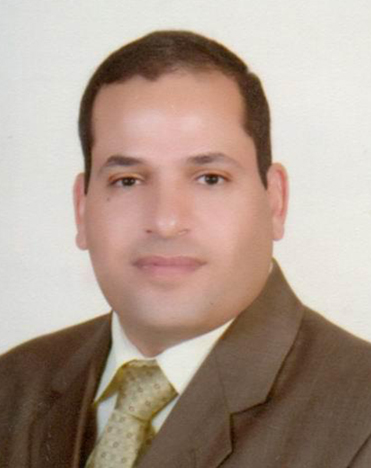Groundwater resources in the Sohag area, Egypt are currently threatened by contamination from municipal and industrial activities, and agricultural pesticides. To cope with the growing population, there has been development in the desert zone on both sides of the Nile Valley including agricultural investment areas, wastewater disposal sites, new urban areas, and industry. Use of agrochemicals in the old cultivated and newly reclaimed lands and wastewater disposal sites in the study area represent the most hazardous contamination sources. Prevention of contamination and management of the Quaternary aquifer is urgently needed. To address vulnerability assessment of the Quaternary aquifer, the Generic and Pesticide DRASTIC GIS-based models have been used. The Generic DRASTIC index ranged between 94 and 189, and the Pesticide DRASTIC index ranged between 94 and 226. The results showed that 83% of the Quaternary aquifer is characterized by the high and very high vulnerability classes to municipal, industrial and agricultural pesticides contamination. It was found that nearly all the development projects are located in the very high vulnerability class areas. Management alternatives for the Quaternary aquifer may be improved by application of these models, allowing sensitive groundwater sources to be protected for continuing use in the future.

